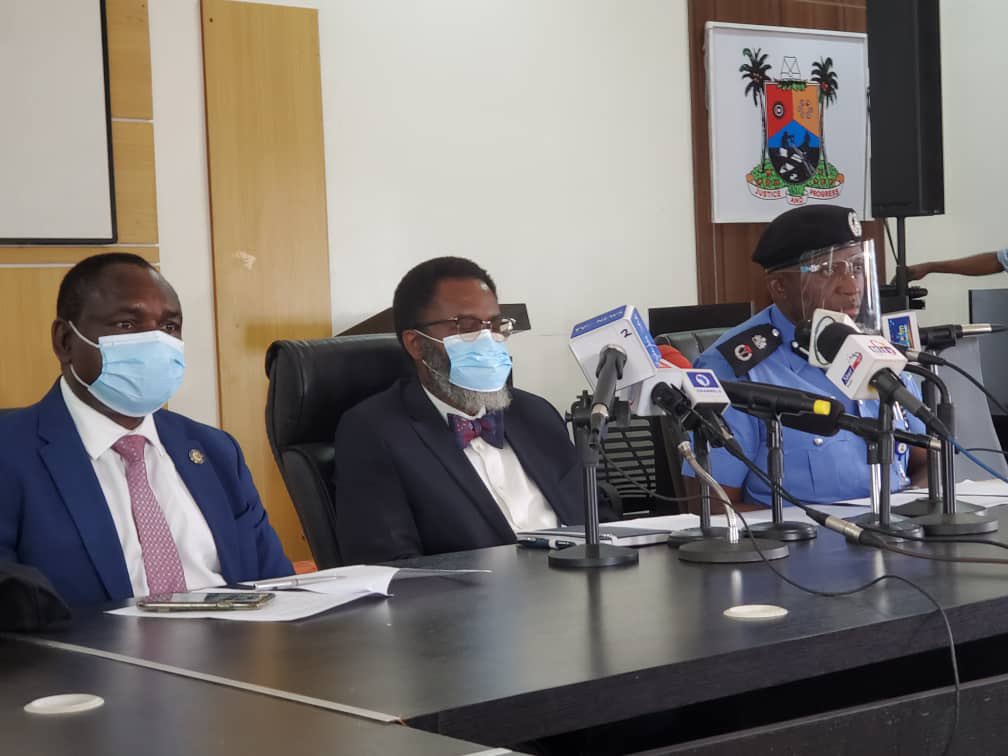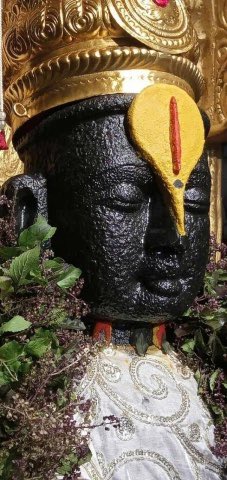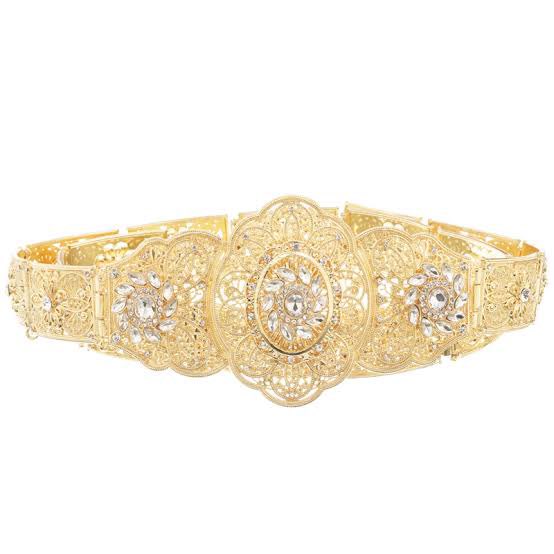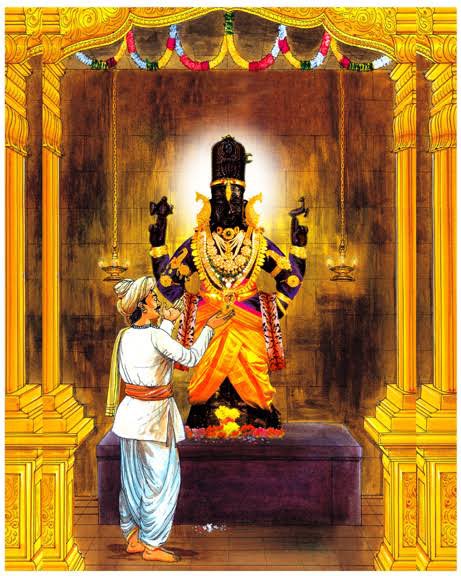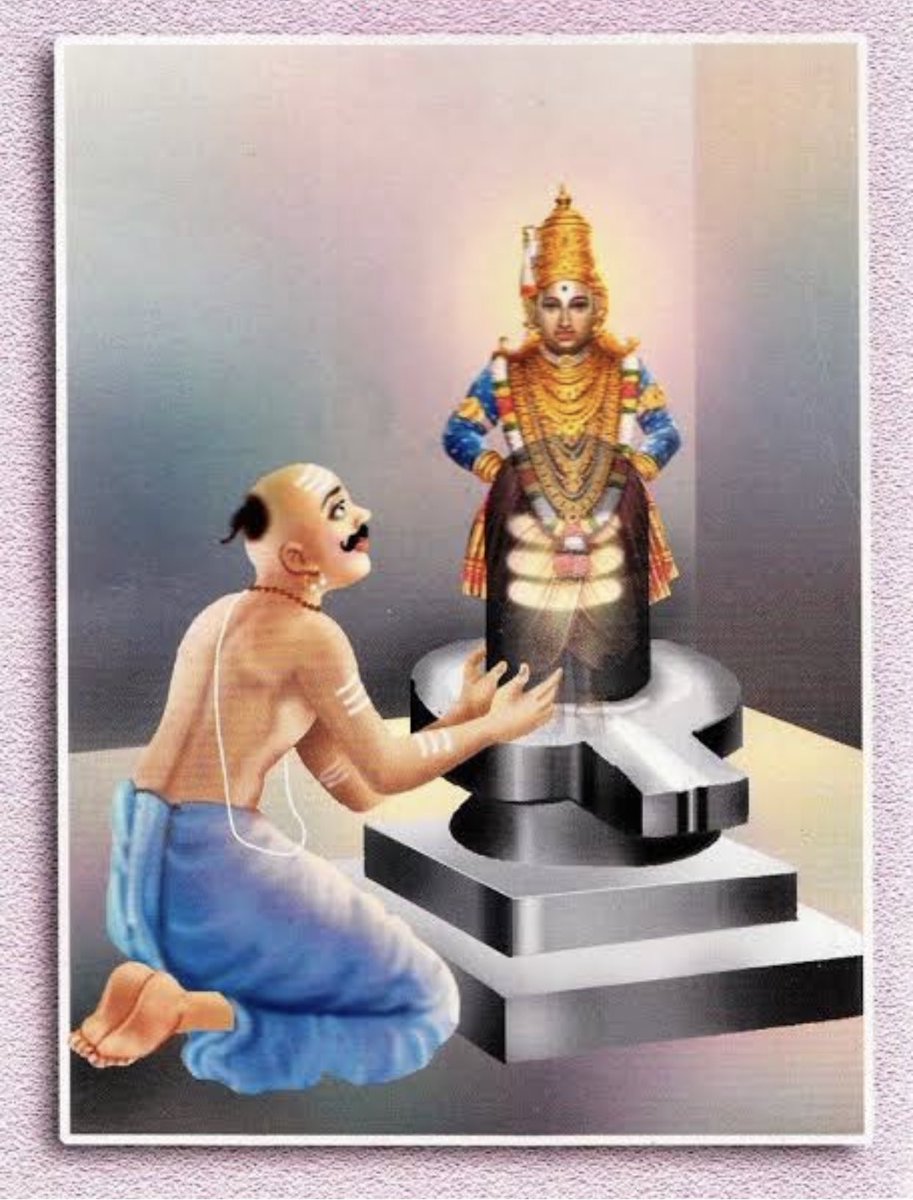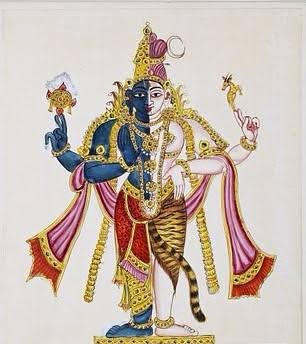
These moρlahs, guided by the bigot Alι Mµsαlιαr did not fight against any oppression, Britishers or landlords. The moρlah rebellion is a vιolent vehιcle of jιhαδ. Its sole purpose: to mαssαcre Hindu-s, convert them to ιslαm and establish M sovereignty.
⋮
Popular front day Rally in Chelari town mallappuram dist Kerala. \U0001f633 pic.twitter.com/VLrhPETzWO
— \u092e\u0939\u093e\u0935\u0940\u0930 \u091c\u0948\u0928, \u0cae\u0cb9\u0cbe\u0cb5\u0cc0\u0cb0\u0ccd \u0c9c\u0cc8\u0ca8, Mahaveer Jain (@MahaveerVJ) February 19, 2021

⋮

⋮

⋮
⋮

⋮

⋮

⋮
⋮
⋮
⋮
⋮
⋮
⋮
⋮
"We are now asked to settle down as paupers in the midst of the execrable fiends who robbed, insulted and murdered our loved ones—veritable demons such as hell itself could not let loose."
cc: @Infinitchy
⋮
⋮
⋮
⋮
⋮

In short there, is every reason to dissociate Moplah-s from anything remotely to do with Bhāratavarṣa's prosperity.
"The Moplah Rebellion, 1921", Gopalan Nair
"Correspondence on Moplah Outrages in Malabar"
Further Śrī Sandeep Balakrishna Sir has written a comprehensive three-part series on this @dharmadispatch —
https://t.co/3Yq7X8LzQ7
⋮

On 25 Feb, 1896, a gang of 20 moplαhs set out on jιhαδ for 5 days —
⋮


More from World
You May Also Like
Recently, the @CNIL issued a decision regarding the GDPR compliance of an unknown French adtech company named "Vectaury". It may seem like small fry, but the decision has potential wide-ranging impacts for Google, the IAB framework, and today's adtech. It's thread time! 👇
It's all in French, but if you're up for it you can read:
• Their blog post (lacks the most interesting details): https://t.co/PHkDcOT1hy
• Their high-level legal decision: https://t.co/hwpiEvjodt
• The full notification: https://t.co/QQB7rfynha
I've read it so you needn't!
Vectaury was collecting geolocation data in order to create profiles (eg. people who often go to this or that type of shop) so as to power ad targeting. They operate through embedded SDKs and ad bidding, making them invisible to users.
The @CNIL notes that profiling based off of geolocation presents particular risks since it reveals people's movements and habits. As risky, the processing requires consent — this will be the heart of their assessment.
Interesting point: they justify the decision in part because of how many people COULD be targeted in this way (rather than how many have — though they note that too). Because it's on a phone, and many have phones, it is considered large-scale processing no matter what.
It's all in French, but if you're up for it you can read:
• Their blog post (lacks the most interesting details): https://t.co/PHkDcOT1hy
• Their high-level legal decision: https://t.co/hwpiEvjodt
• The full notification: https://t.co/QQB7rfynha
I've read it so you needn't!
Vectaury was collecting geolocation data in order to create profiles (eg. people who often go to this or that type of shop) so as to power ad targeting. They operate through embedded SDKs and ad bidding, making them invisible to users.
The @CNIL notes that profiling based off of geolocation presents particular risks since it reveals people's movements and habits. As risky, the processing requires consent — this will be the heart of their assessment.
Interesting point: they justify the decision in part because of how many people COULD be targeted in this way (rather than how many have — though they note that too). Because it's on a phone, and many have phones, it is considered large-scale processing no matter what.












